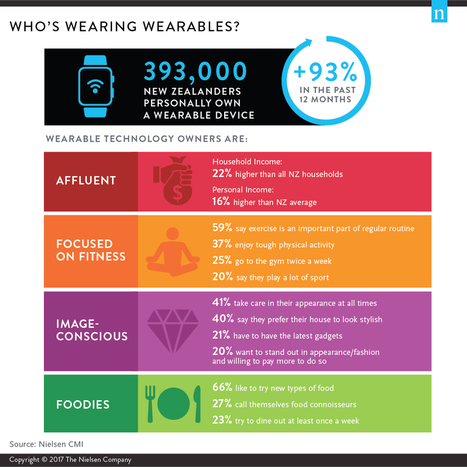What if tattoos weren’t just decorative, but could convey real-time data about your body?
That’s the vision of the MIT Media Lab researcher Katia Vega, whose project DermalAbyss explores the possibilities of tattoos inked with biosensors instead of traditional ink. In collaboration with Harvard Medical School, Vega created three different types of biosensor inks that measure the shifts in interstitial fluid in your skin, changing color based on the levels of glucose, sodium, or pH in your body.
Vega, who is a computer scientist by training and is currently opening a computer science department at Peru’s University of Engineering and Technology, believes the skin can act as a new kind of interface. She’s been researching what she calls “beauty technology” for seven years, combining cosmetics and electronics to create things like smart fake eyelashes, conductive makeup, and RFID-enabled nail polish.
But while these former projects enable wearers to interact with the outside world through different types of cosmetic interfaces, injecting biosensors below the skin allows Vega to connect internal biological processes with external interfaces. “I wanted to go deeper, not just on the top of your epidermis,” she says....



 Your new post is loading...
Your new post is loading...











Researchers at MIT Media Lab and Harvard Medical School teamed up to create tattoo ink that reacts to your body’s chemistry.